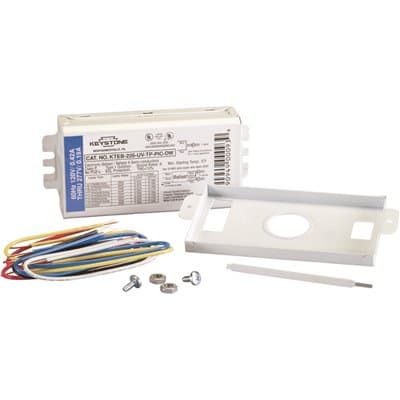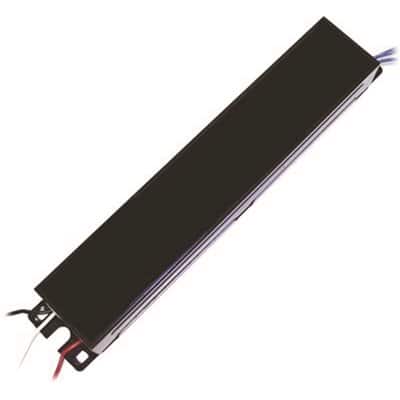-
Faucet mounted on sink deck or countertop Includes metal supply nuts Includes valve and cartridge Includes decorative deck plate 3-hole installation Features an all metal pop-up drain assembly
-
Faucet mounted on sink deck or countertop Includes metal supply nuts Includes valve and cartridge Includes decorative deck plate 3-hole installation Drain assembly purchased separately
-
Fast, easy installation Permanent or temporary cap Ideal for multi-story testing For underground or above-ground use Low cost, reusable Size: 6"
-
Fast, easy installation Permanent or temporary cap Ideal for multi-story testing For underground or above-ground use Low cost, reusable SIZE: 1-1/2"
-
For in-wall & limited space connections Tough, flexible & long lasting For household drain, waste & vent pipes SIZE: 1-1/2"
-
For in-wall & limited space connections Tough, flexible & long lasting For household drain, waste & vent pipes SIZE: 2"
-
Not recommended for underground connections. Do not use in pressure applications. Adapts to other pipe sizes with qwik bushings.
-
For in-wall or limited space connections Tough, flexible & long lasting For household drain, waste & vent pipes SIZE: 3"
-
For in-wall or limited space connections Tough, flexible & long lasting For household drain, waste & vent pipes SIZE: 2"
-
-
QUICKTRONIC High Efficiency, (QHE) energy-saving electronic T8 ballasts offer several advantages. Offers the Same Light, Less Power. Up to 6% in energy savings compared to standard T8 low power electronic ballasts without compromising light output. Parallel Circuitry keeps remaining lamps lit if 1 or more go out. Lamp Striation Control (LSC): T8 energy saving lamps should be operated above 60°F, but under certain conditions the lamps may striate. LSC circuitry may minimize or eliminate this condition, however there are limited applications where LSC circuitry may not entirely mitigate lamp striations.
-
Keystone Technology's T8 Instant Start electronic ballast is designed to operate 2 T8 lamps. Featuring 120-Volt to 277-Volt input and high-power factor design




